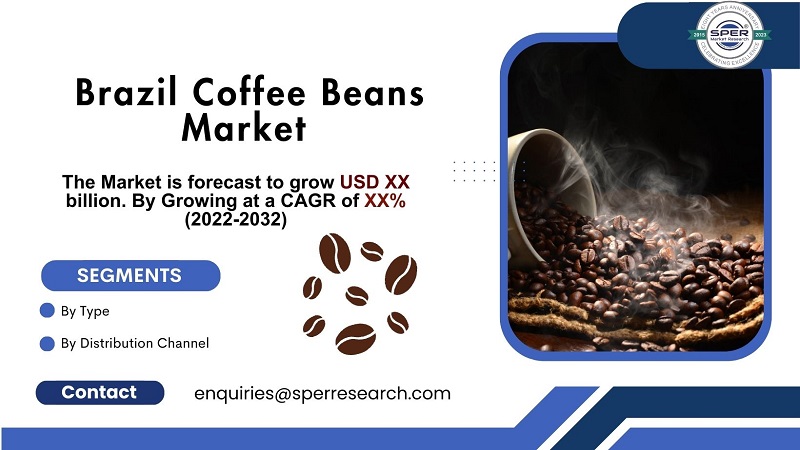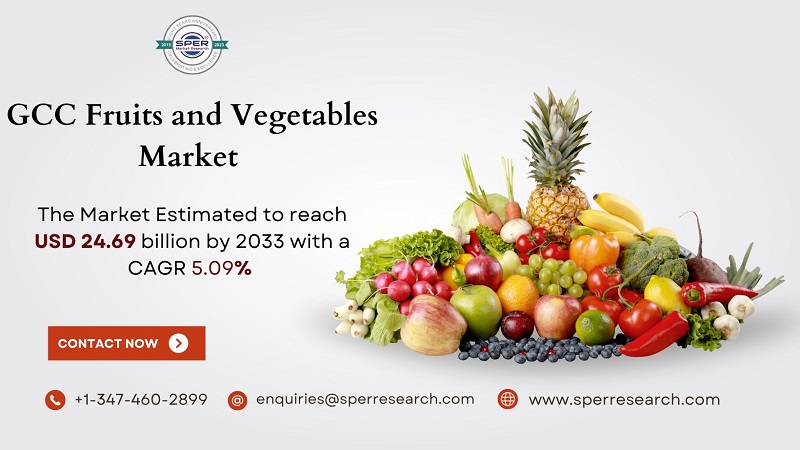Edible oil is a kind of fat used for frying, cooking, and food preparation that can come from synthetic, plant, or animal sources. It is an important component of many international cuisines, adding tastes, giving vital nutrients, and acting as a cooking medium that is stable at high temperatures. Common sources of edible oils include animal fats like butter and lard, as well as vegetable crops including soybeans, sunflower, canola, palm, and olive. variable types of edible oils offer variable ratios of unsaturated, saturated, and trans fats, and they are all high in fat.
According to SPER market research, ‘Saudi Arabia Edible Oils Market Size- By Type, By Packaging Type, By End User – Regional Outlook, Competitive Strategies and Segment Forecast to 2033’ state that the Saudi Arabia Edible Oils Market is predicted to reach USD 2.2 Billion by 2033 with a CAGR of 5.28%.
Drivers: Population growth, changing dietary habits, and growing health consciousness are some of the major drivers that are expected to drive the edible oils market in Saudi Arabia to grow gradually. Over the course of the forecast period, the market is expected to continue expanding due to the growing consumer demand for healthier edible oil options such canola and olive oil, as well as the growing desire for convenience foods. Also benefiting the market are the government’s initiatives to diversify the economy and reduce dependency on oil exports, such as support for the domestic agriculture industry. It is projected that the Saudi Arabian edible oil market will grow at a moderate overall rate during the course of the analysis period.
Challenges: The low level of domestic production may limit the growth of the edible oils market in Saudi Arabia. Due to its dependence on imports to meet the rising demand for edible oils, the kingdom may see price swings and supply chain interruptions. Making the industry self-sufficient has not been possible despite efforts to boost local output, such as raising agricultural investment and increasing domestic oilseed crushing capacity. There is a scarcity of arable land, and farming is costly due to the country’s arid climate. The edible oil industry in Saudi Arabia is still unable to expand and remain sustainable due to these reasons.
Request For Free Sample Report @ https://www.sperresearch.com/report-store/saudi-arabia-edible-oils-market.aspx?sample=1
Impact of COVID-19 on Saudi Arabia Edible Oils Market
The market for edible oil in Saudi Arabia was significantly impacted by the COVID-19 outbreak. Since the food service industry is a significant consumer of edible oils, the nationwide lockdowns and limitations on travel and commerce resulted in a decline in demand for these items. However, when more people began cooking at home, there was a greater need for edible oils for domestic use. There were shortages and pricing changes as a result of the supply chain disruption. Because producers have made investments in online channels to meet demand in response to shifting consumer preferences, the market has fared well despite the difficulties.
Saudi Arabia Edible Oils Market Key Players:
Additionally, some of the market key players are; Abdullah Hashim Industrial Gases & Equipment Co. Ltd., Al-Adwani General Trading Co. Ltd., Ali Shaihani Group of Industries, Americana Foods, Aujan Industries, Arabian Food Industries Co. (Domty).
Saudi Arabia Edible Oils Market Segmentation:
By Type: Based on the Type, Saudi Arabia Edible Oils Market is segmented as; Palm Oil, Soybean Oil, Rapeseed Oil, Sunflower Oil, Peanut Oil, Specialty Blended Oil, Olive Oil, Corn Oil, Flaxseed Oil, Avocado Oil, Edible Oil, Pumpkin Seed Oil.
By Packaging Type: Based on the Packaging Type, Saudi Arabia Edible Oils Market is segmented as; Pouches, Jars, Cans, Bottles.
By Region: This research also includes data for Eastern, Western, Northern, Southern.
For More Information, refer to below link: –
Saudi Arabia Edible Oils Market Size
Related Reports:
Follow Us –
LinkedIn | Instagram | Facebook | Twitter
Contact Us:
Sara Lopes, Business Consultant – U.S.A.
+1-347-460-2899









